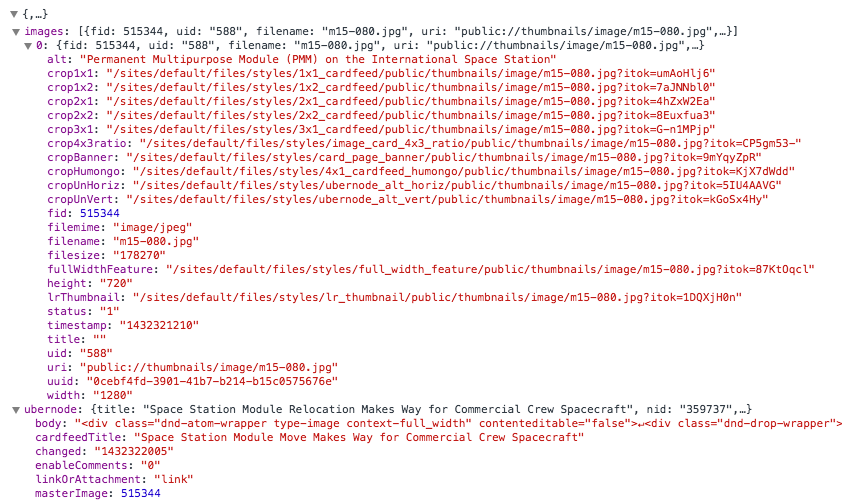
Each New Year brings new resolutions that people promise to keep whether it’s hitting the gym, saving money, eating healthy, the list is endless and I am sure everyone has heard their fair share. While strategy and commitment are key components to resolutions, keeping yourself focused and on track are just as important.
Mobomo had quite the 2015, if you haven’t heard we merged with another web & mobile app development company, Intridea! Aside from the merger we found ourselves hiring new employees each month and reaching new heights and potentials in the tech world that we never could have imagined. Although the past year seemed to be full of change, we made sure that our focus was in check so that we could strive as a new identity. We made it our mission to take our energy and direct it towards our clients. Seems pretty simple, but it’s not always the case with employees working all over the world, two companies becoming one as well as producing successful products for our clients.
The tech world is not slowing down in 2016 and neither is Mobomo, so for us our outlook for 2016 is relatively simple. We wanted to share a few resolutions that our brand has adopted, if you are in the market for some fresh resolutions feel free to join us in our commitment.
Fully Charged: Energy for us is never an issue. We want to keep implementing our energy and poise that we put forth towards each project. We will continue to take our energy and passion for this field and portray it through our work. Who wants to work with someone who is boring? That’s why you can always count on us to bring the spunk and enthusiasm in each project.
Reshape Reality: Can anyone really tell you what reality is? Reality can be anything that you perceive it to be; people can view reality through different lenses, why let someone else try to tell us what reality it when we can create our own.
Limit Limits: Who says you have to have a limit? When you have limits are you really reaching your full potential? We have adopted this outlook to ask ourselves why limit limits? Sounds crazy but think about it.. If you are limiting your potential how can you find out the potential if it is limited? We are encouraging ourselves to constantly think and reach new potentials not just stopping at our limit.
To put it simply, we are not settling this year, why settle when we can create, design and deploy new and exciting projects with our clients that are innovative while potentially hovering over “the next big thing.” We could not be more excited to start 2016... with a jolt of energy of course.



 As a long-time FreshBooks user, I pitched this idea to Barg towards the end of 2009. While there have been a couple of FreshBooks iPhone apps, they weren't really useful to me. A more natural way to use FreshBooks while not in front of a computer is to capture those things that you do while not in front of a computer. Namely, pay for meals while meeting with people, purchase office items, buy gas for the car, etc. Hence ExpenseBooks was born.
As a long-time FreshBooks user, I pitched this idea to Barg towards the end of 2009. While there have been a couple of FreshBooks iPhone apps, they weren't really useful to me. A more natural way to use FreshBooks while not in front of a computer is to capture those things that you do while not in front of a computer. Namely, pay for meals while meeting with people, purchase office items, buy gas for the car, etc. Hence ExpenseBooks was born.
